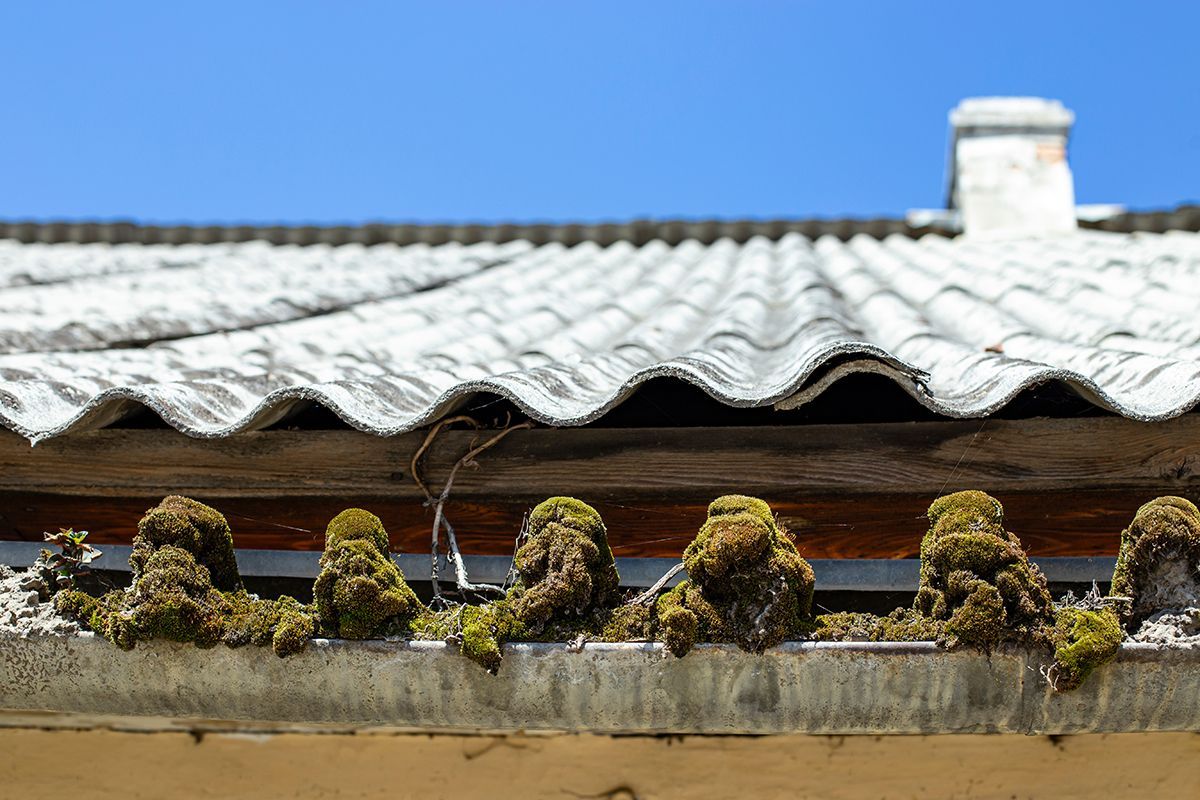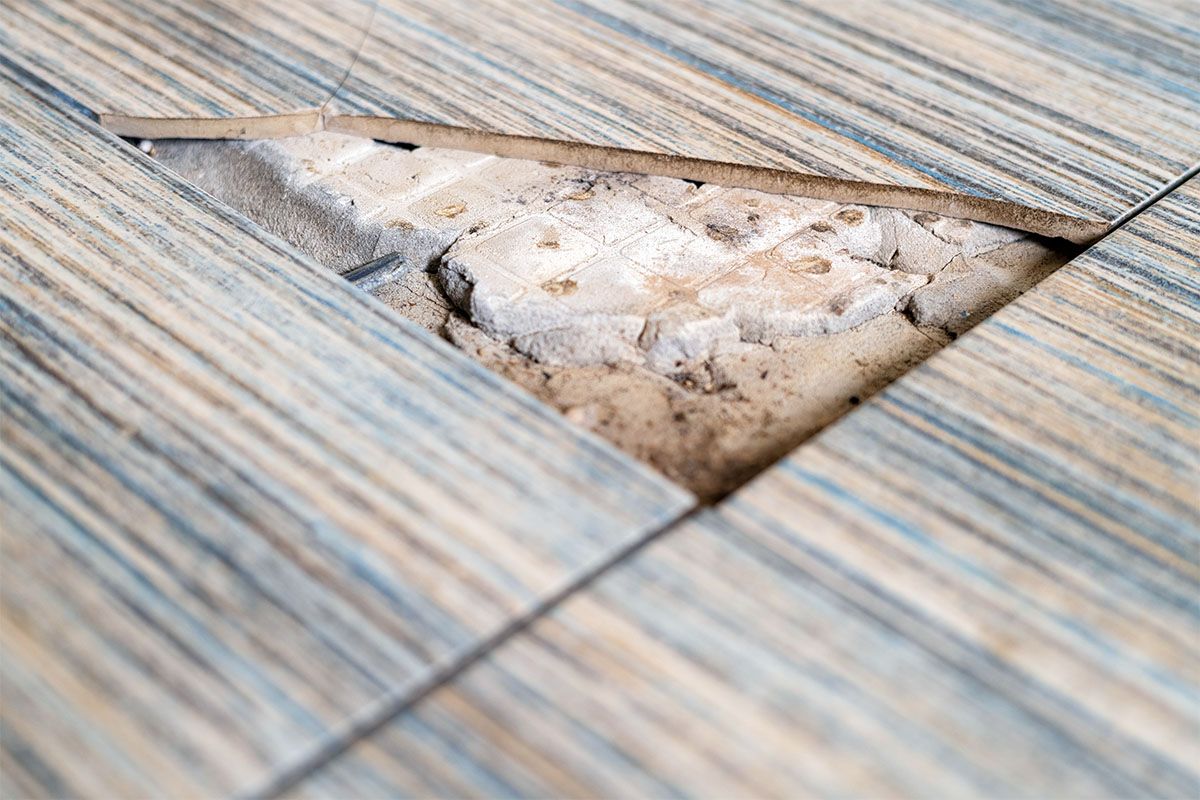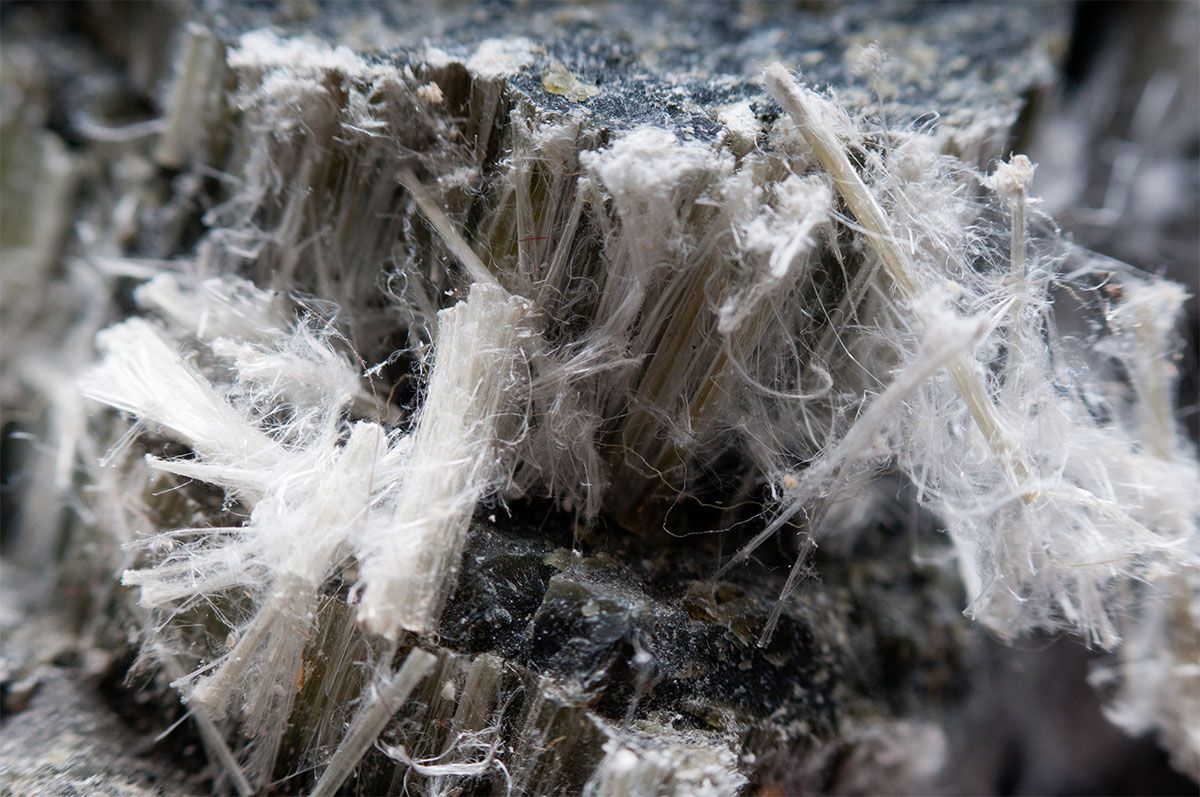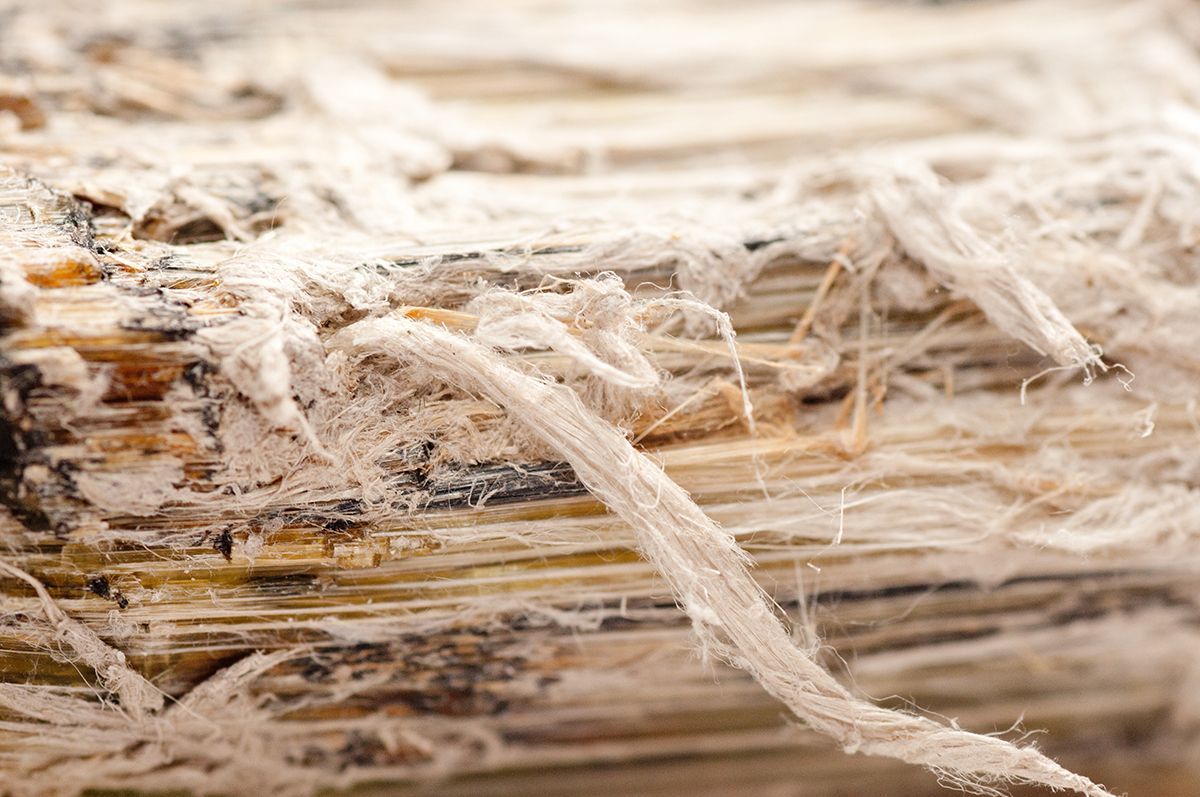A Complete Breakdown of Where Asbestos is Found in Residential Properties
This is a subtitle for your new post

For many UK homeowners, especially those living in older properties, the word asbestos can trigger understandable concern. Although asbestos use in the UK was fully banned by 1999, countless homes built before then may still contain asbestos materials today. If you own or are considering buying an older property, understanding where asbestos might be hiding is crucial to protecting your health and your investment.
And
Cordtape Environmental, we want to alleviate your concerns by giving you a full picture of where asbestos may be, and what to do if you suspect its presence in your property.
Why was asbestos used in construction?
Asbestos refers to a group of naturally occurring fibres that are incredibly strong, heat resistant, and chemically stable. These properties made it highly attractive for a wide range of building materials, particularly between the 1930s and 1980s.
In homes, asbestos was commonly used for:
- Fireproofing and insulation
- Soundproofing
- Strengthening materials like cement
- Protection against corrosion
- Electrical insulation
Unfortunately, when asbestos containing materials (ACMs) are disturbed, they can release microscopic fibres into the air. Inhalation of these fibres is linked to serious health issues, including asbestosis, lung cancer, and mesothelioma. This is why it’s important to understand where they may be lurking in homes.
Is asbestos still a risk today?
The short answer is yes, particularly in homes built or renovated before 2000. Even though new asbestos use is banned, older materials remain in place across millions of residential properties.
Crucially, asbestos is generally only dangerous when disturbed, damaged, or deteriorating, as this can release harmful fibres into the air. Understanding where asbestos may be located is the first step in keeping your home safe.
Where is asbestos found in residential properties?
The presence of asbestos depends largely on the age and type of the property. Homes built before 2000, particularly those constructed between the 1950s and 1980s, are the most likely to contain ACMs (asbestos containing materials).
Roofing and loft areas
Roof Sheets and Tiles
Corrugated asbestos cement sheets were common on garages, sheds, and even house roofs.
Loft Insulation
While most modern loft insulation materials are asbestos free, some older products, especially loose fill insulation, may contain asbestos fibres.
Water Tanks
Cement reinforced asbestos water tanks were often installed in loft spaces for their durability.
Walls and Ceilings
Artex and Textured Coatings
Decorative textured coatings, such as Artex, applied to ceilings and walls before the mid 1980s, often contained asbestos.
Partition Walls
Some internal partition walls were constructed using asbestos insulating board (AIB) for added fire resistance.
Ceiling Tiles
Suspended or drop ceiling tiles, especially those found in older extensions or converted spaces, may contain asbestos.
Flooring
Vinyl Floor Tiles
Many vinyl floor tiles and their adhesives (especially black bitumen based adhesives) manufactured before 1980 contained asbestos for added strength and fire resistance.
Lino Flooring
Some older linoleum or sheet flooring products incorporated asbestos fibres.
Heating and Plumbing
Pipe Lagging
Asbestos was commonly used to insulate hot water pipes, especially in boiler cupboards or basements.
Boiler Flues
Older boilers sometimes included asbestos components or surrounding insulation to manage high temperatures.
Gaskets and Seals
ACMs were used in seals around boilers, water tanks, and pipe joints.
Exterior Areas
Soffits, Fascias, and Guttering
Asbestos cement was popular for soffits (the underside of roof overhangs) and guttering systems.
Garages and Outbuilding
Many garages, particularly prefabricated or sectional types, were constructed using asbestos cement panels or roofs.
Downpipes and Drainage
Some external drainage systems used asbestos reinforced pipes for durability.
Fire Protection Elements
Fire Doors
Older fire doors and panels sometimes contained asbestos to improve fire resistance.
Electrical Backing Boards
Asbestos was used behind electrical fuse boxes as a protective barrier.
What to do if you suspect asbestos in your home
Discovering or suspecting asbestos in your home can be unsettling, but don’t panic. Asbestos materials that are intact and undisturbed usually pose minimal immediate risk. The danger arises when these materials are damaged, deteriorating, or disturbed during DIY or renovations.
If you suspect asbestos, follow these steps:
1. Stop work immediately: Avoid drilling, cutting, sanding, or disturbing any materials you believe may contain asbestos.
2. Consult a professional: Contact a qualified
asbestos surveyor or removal specialist.
3. Don’t attempt DIY removal: Asbestos removal is a specialist job that requires strict safety protocols, equipment, and legal compliance. Untrained handling can increase exposure risks for you and your family.
4. Plan for safe management or removal: If asbestos is confirmed, your options depend on the condition and location:
- Leave in place: If the material is in good condition and unlikely to be disturbed, it may be safer to leave it alone and monitor it over time.
- Encapsulation: Some asbestos materials can be sealed to prevent fibre release.
- Removal: In high risk cases, full removal by licensed professionals may be recommended.
How to choose a qualified asbestos surveyor
It is essential that your asbestos survey is conducted by a UKAS accredited or suitably qualified asbestos professional who adheres to HSE guidelines and industry best practices.
At Cordtape, we can assist you in locating and identifying Asbestos Containing Materials with our
Asbestos Survey and Sampling service. If we do locate the presence of asbestos, our
Asbestos Removal
team will extract it from your premises in accordance with Control of Asbestos Regulations 2012. Our team is fully qualified to manage all aspects of asbestos assessment, removal, refurbishment and waste management.
With over 30 years of experience and a team of professionals, we ensure that every survey is delivered with accuracy, compliance, and safety in mind.




